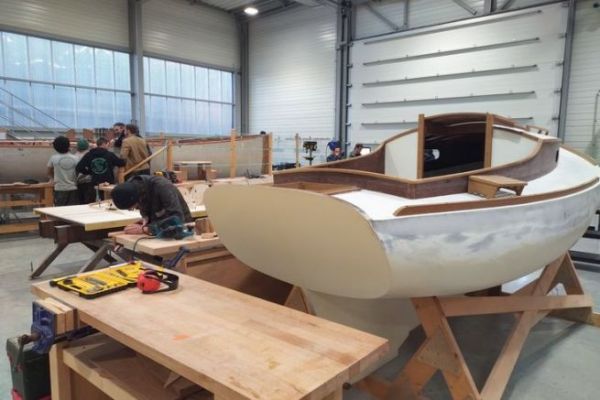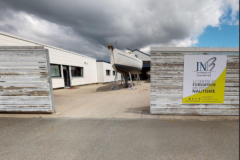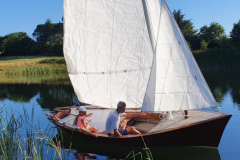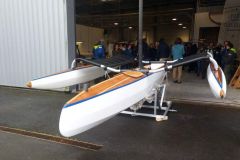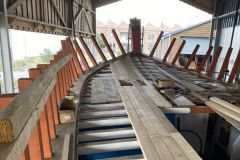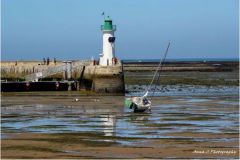Restore and bring to life wooden boats
For centuries, wood has been one of the preferred materials for shipbuilding. Although yachting has left it behind, it is tending to return to the forefront, in a more or less traditional way, and the marine carpenter therefore still has a bright future ahead of him, with the restoration of existing units already being the largest source of work. Pascal Barbotte, head of marine carpenter training at the Lycée Pierre Guéguin in Concarneau confirms this: "Today, 95% of the work is done in repair and restoration, but there are also projects for new boats. The work is done both in the workshop and on the boats in the technical area. We start by measuring the shapes of the parts to be rebuilt and the squareness. We can then prepare the cuttings and install the parts in place. The thought and preparation is important and the work varied."
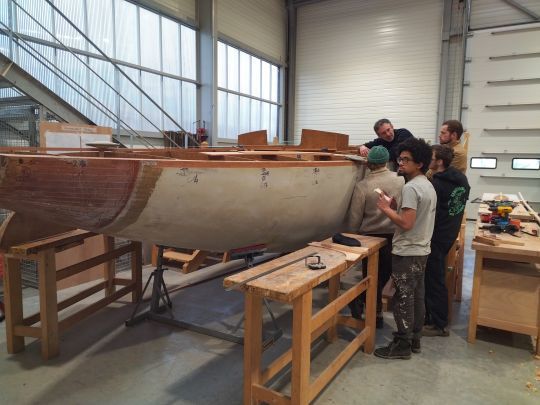
Training that combines modern and traditional techniques
Marine carpentry today has several facets. It can be based on traditional construction techniques, with classic assemblies and solid wood work, but also on modern materials and assemblies, glued or impregnated with resin, such as strip-planking, molded wood or sewn and glued plywood. Pascal Barbotte states: "The training references integrate modern wood and classic construction. There are 3 main blocks of teaching: technology related to the wooden boat, with assemblies, fittings, wood species... realization and layout."
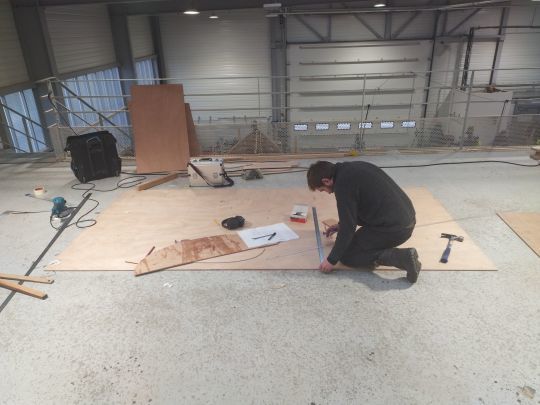
Different training according to the degree of independence
In France, there are currently few channels. 3 vocational high schools, in Concarneau, Cherbourg and Gujan-Mestras offer CAP and Brevets Professionnels, in alternation, reserved for people under 29 years old. Skol Ar Mor also issues a professional designation, while the Workshops of Hell of Douarnenez provide continuing education for adults.
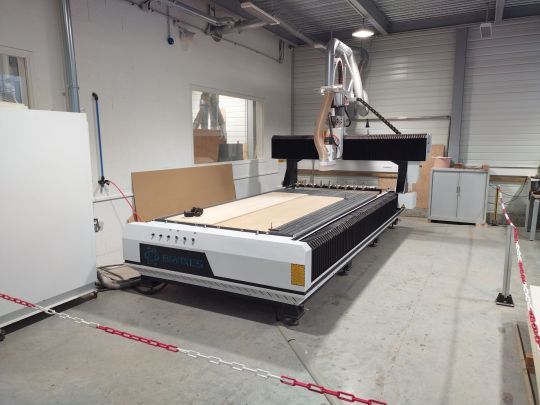
Depending on the training chosen, the degree of autonomy will vary. The CAP (vocational training certificate) tends to train workers who will work under the orders of a team leader, while the vocational training certificate (brevet professionnel) opens up a global vision of the site, allowing the management of a team, orders and a complete site.
Once they have completed their training, marine carpenters generally work either as self-employed workers, travelling to different sites, or as employees.

 /
/ 